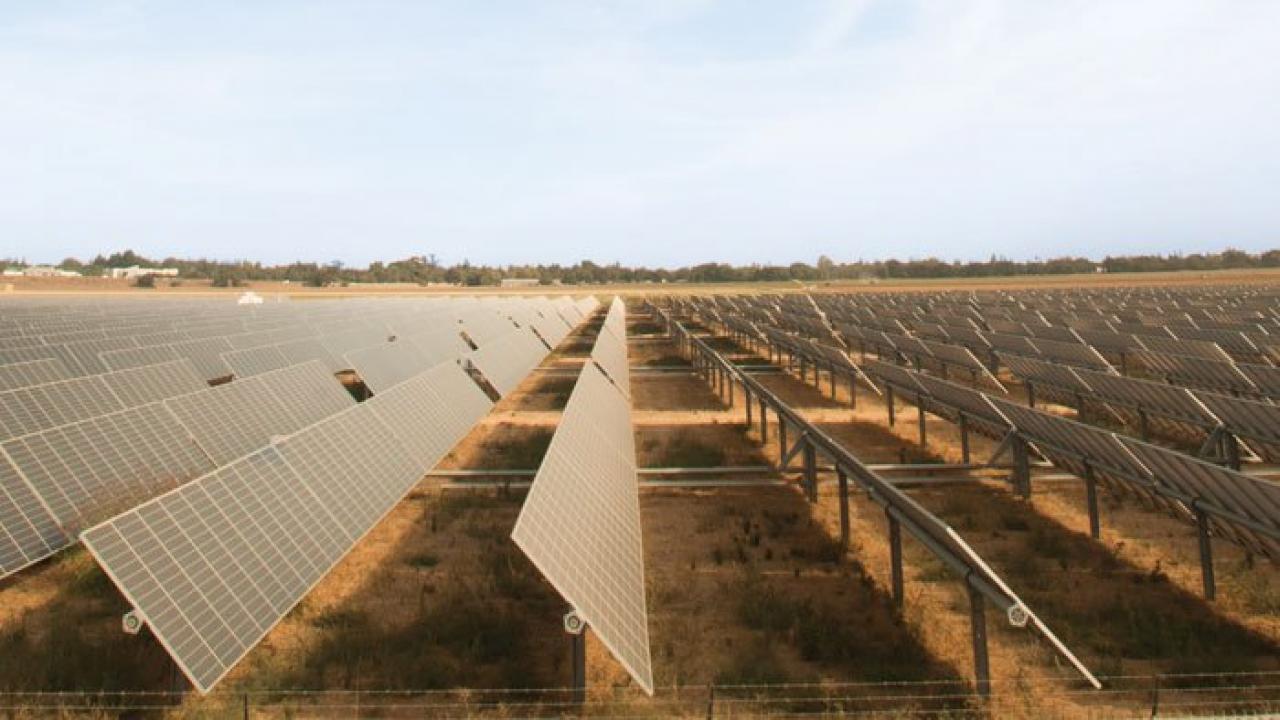
Going for Zero
By Trevor Stewart
UC Davis’ sustainability research doesn’t just play out in the classroom — it’s being put into practice on campus and could lead to the university becoming the world’s first zero-carbon college campus.
And it won’t just benefit the campus — UC Davis’ leadership in energy efficiency, zero-net energy and climate neutrality could make it the go-to model of sustainability for campuses and small cities alike, said Kurt Kornbluth, Ph.D. ’08, an assistant adjunct professor in the Department of Biological and Agricultural Engineering.
“We’re going to show people how to do both successfully, with a high return on investment and substantial positive impact on the environment,” said Kornbluth, who also is the founder and director of the UC Davis Program for International Energy Technology and D-Lab.
The University of California system is committed to emitting zero-net greenhouse gases by 2025, and UC Davis is leading the way by already functioning like a living lab for applied sustainability and climate research. For example, its TherMOOstat app allows faculty, staff and students to report room temperatures in campus buildings to more efficiently heat and cool spaces.
Another example is Kornbluth’s “The Path to Zero Net Energy” course, which gives students the opportunity to research possible solutions for how to reduce energy usage on campus. These ideas are submitted to the class by various departments, referred to as clients. Students perform a feasibility study, delivering recommendations on potential solutions to save energy and reduce greenhouse gases.
Those clients aren’t the only entities turning to UC Davis for help. The city of Davis works with UC Davis experts, sharing information and research findings. And Aalborg University in Denmark, a country renowned for having one of the largest amounts of renewable energy on its electrical grid, asked Kornbluth and his team to share their ideas on creating a zero-net energy campus.
“Five years from today we will have made significant progress toward this model campus,” Kornbluth said, noting that the major obstacle is a lack of funding. “This initiative [isn’t just] bringing carbon neutrality, [but also] the process of creating this model sustainable campus, and better quality of life, which we can share with the world.”
